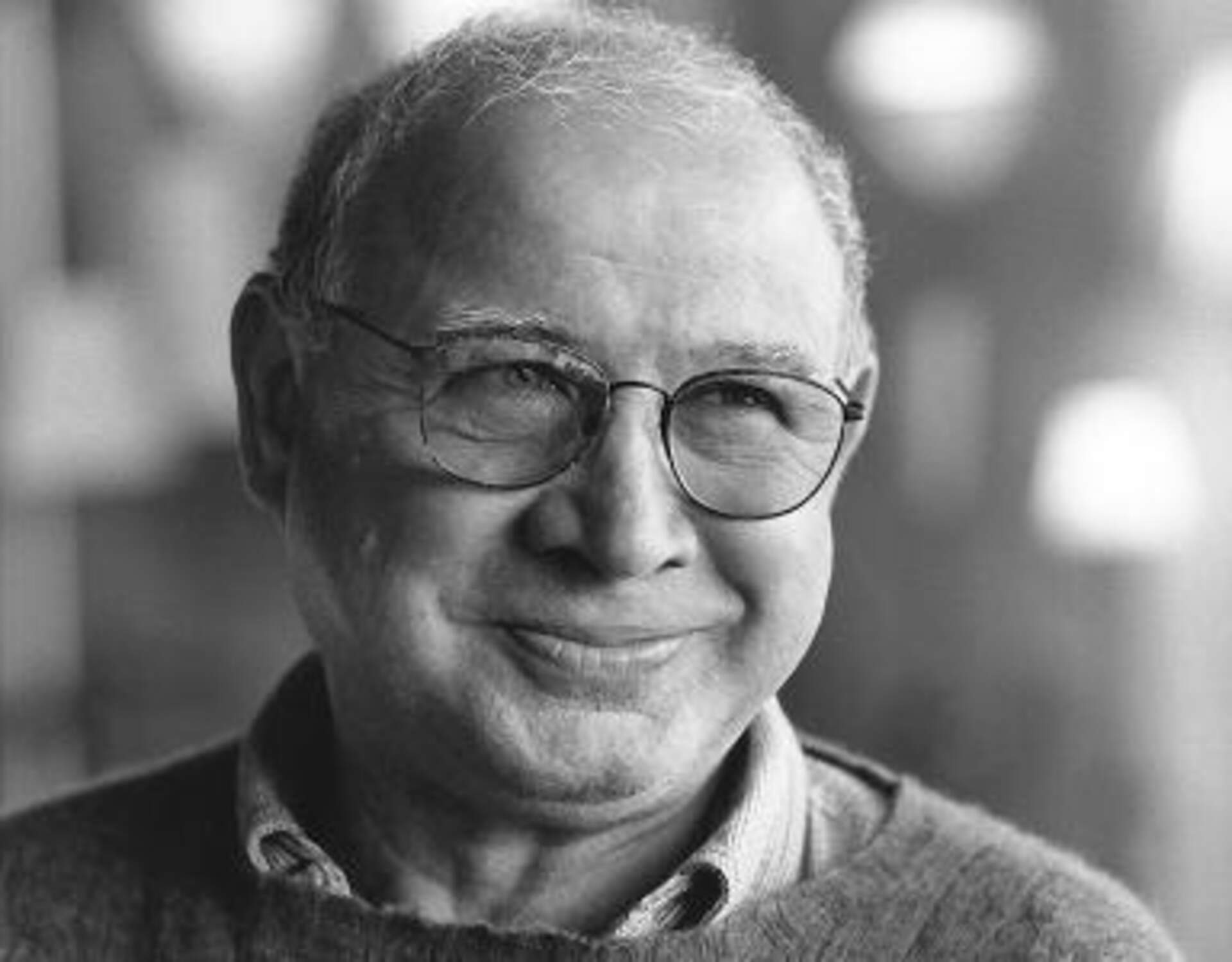Lino Tagliapietra
(b. 1934)
Born: Murano, Italy
Lino Tagliapietra is a glass artist and teacher born in 1934 in Murano, Italy and became an apprentice glassblower at age 11, to the glass maestro Archimede Seguso. Even at a young age Tagliapietra exhibited an immense dexterity for glass and was appointed the title of “Maestro” when he was just 21. He is known for his prodigious technical skill and creative experimentation, producing works that both inspire and amaze.
Early in his career Tagliapietra worked in association with several other master glass blowers at various factories on Murano. By the late 1960’s and 70’s he was developing his own designs and creating them under the auspices of the factories in which he worked. In 1977 he became head glassblower for a new glass company, Effetre International. In 1979, at the invitation of Dale Chihuly, Tagliapietra came to teach a summer workshop at the recently created Pilchuck School. Thus began a long history of sharing his centuries old Muranese glassblowing technique with a generation of eager young American glass artists. This cross-cultural collaboration helped shape the identity of American glassblowing and offered him an opportunity to expand his horizons internationally. He was excited by the youthful enthusiasm and experimental mind set of the glass artists from the U.S. Tagliapietra, was a master technician coming out of a rigidly traditional approach to glass art and he loved the passionate exploration of new ideas and forms of the young American glass artists.
During the 1980’s Tagliapietra was best known for his collaborative work with prominent American glass artists, such as Chihuly and Dan Dailey. But in the 1990’s, although he continued to teach and to collaborate with other artists, Tagliapietra became increasing well known for his own unique works of glass art. His glass forms are firmly based in the 20th century Italian design idiom. Each of his pieces is a de-facto encyclopedia of classical Muranese glassmaking techniques characterized by bold colors and exuberant patterning. Tagliapietra tends to create his blown glass sculpture in various series. Often his series are named after famous places that he has visited: Bilbao, Seattle Sunset, Maui, and Fuji are examples of these series. Others of his glass series are named for their familiar shapes: Dinosaur, Foemina (Italian for female), Angel Tear and Masai (after the Masai shields) are examples of Tagliapietra’s glass pieces whose shapes either obviously or more subtly refer to specific forms. His work radiates vibrant optimism and effortless virtuosity. Art historian and curator Tina Oldknow summarized his influence:
“Today, artists from around the world use a Venetian glass vocabulary to make work that would never, ever be produced in Venice, and the dissemination of this remarkably creative and vibrant craft language may be Lino’s most important legacy. Lino came to America to discover what there might be here for him and to teach others to work glass. In the process, he helped to pioneer an industry – not for commerce, but for art.”
With over 70 years of experience, the Maestro split his time between Murano and Seattle. Tagliapietra has received a multitude of awards and honors throughout his career, some include the IIC Lifetime Achievement Award from the Instituto Italiano Cultura (2009), located in Los Angeles California, and an honorary degree, Doctor of Fine Arts from The Ohio State University (2011), among others. The Istituto Veneto di Scienze, Lettere ed Arte mounted the first exhibition of his work in his homeland in the spring of 2011, a retrospective of his entire career including works from as far back as the 1950s. In July 2021, after more than 75 years in the hotshop, he announced his retirement from the furnace to afford himself the freedom to pursue projects beyond glassblowing.
Tagliapietra’s work is represented in more than fifty international museums, including the Carnegie Museum of Art, Pittsburgh; the Columbus Museum of Art, Ohio; the Corning Museum, New York; the Hokkaido Museum of Modern Art, Japan; The Museum of Glass, Washington; the Metropolitan Museum of Art, New York; the Palm Springs Art Museum, California; The Renwick Gallery in Washington, D.C.; the Tokyo National Modern Art Museum; and the Victoria and Albert Museum in London.
